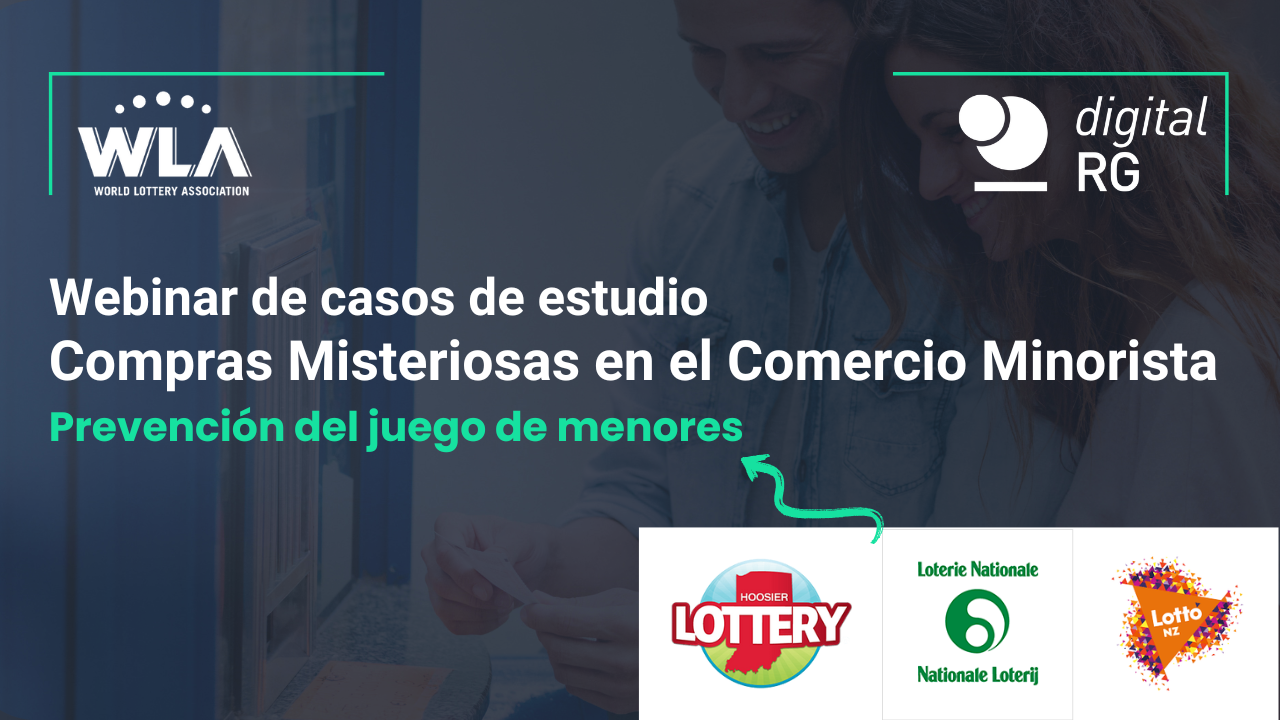What is the Science Based Targets Initiative?

What is the Science Based Targets Initiative?
The Science Based Targets Initiative (SBTi) provides clarity and guidance to companies on how to set ambitious science-based targets to reduce their greenhouse gas (GHG) emissions. These targets are in alignment with the Paris Agreement and are essential for preventing the worst effects of climate change by keeping global warming to 1.5C.
The Paris Agreement, adopted in 2015, united nearly 200 countries in a single agreement to cut GHG emissions. It was agreed they would ‘pursue efforts' to limit global warming to 1.5°C and to keep them ‘well-below 2°C’. These goals are based on the best available science and work on a 5-year cycle of increasingly ambitious climate action.
The SBTi provides expert assistance and resources for companies to set targets using the most recent science on global emissions reductions. They also independently assess and validate targets for alignment with net-zero targets. Additionally, they also define and promote best practices for emissions reductions, across a variety of vital industries, from oil and gas to financial services.
What is the new Net-Zero Standard?
The SBTi’s Net-Zero Standard is the world's first science-based framework for companies' net-zero targets. This comes as a response to calls for greater transparency and alignment between corporate net-zero targets. It aims to mitigate companies self-defining net-zero targets without credible and independent assessment.
The standard offers the guidance, criteria, and recommendations companies need to set science-based net-zero targets. Targets made in alignment with this are consistent with limiting global temperature rise to 1.5°C and are then certified by SBTi against this new standard.
Companies who adopt this standard have key requirements they must meet, including that:
They must set a near-term science-based target. Near-term targets are targets for the reduction of immediate emissions in the next 5-10 years to align with 1.5C of global warming.
The second is that they must set a long-term target which aims for complete decarbonisation by 2050 at the latest. Under the new SBTi Net-Zero Standard, a benchmark for corporate net-zero commitments, companies reach net-zero when they have achieved their long-term science-based target.
Once they have met this long-term target, the standard asks for companies to neutralise any remaining emissions with carbon removals or carbon sinks.
Lastly, they are recommended to go further than their value chain and make investments outside of their science-based targets to help mitigate climate change elsewhere.
How to set a science-based target and have it certified:
- ‘Commit’ - First, you have to submit the SBTi Commitment Letter, which establishes your intent to set a science-based target.
- ‘Develop’ - Next is developing your target, in alignment with the SBTi science-based criteria. The SBTi offers guidance in a variety of ways to ensure these targets use the most up to date science. Begin with the SBTi How-To Guide or Net-Zero Getting Started Guide, which offer overviews of the target development process. You should then review the Net-Zero Standard Criteria, to understand in more depth the requirements of the new standard target setting. The SBTi also has tools such as the net-zero tool to help you begin developing targets. See here for all their resources. You have 24 months from signing your commitment letter to get your target developed, validated and published.
- ‘Submit’ - Next is submitting your targets. This must be done through either a completed target submission form or the equivalent for SMEs. After submission, it's time to book a validation through the SBTi system (these begin in February 2022 for the new standard) and pay your validation fees. This costs USD 4,950** (+ applicable VAT) or USD 1,000 (+ applicable VAT) for SMEs. In some cases, this fee is waived if your company is headquartered in a developing country or an economy in transition.
- ‘Communicate’ - Once your target has been approved by SBTi, you will be published on both of their Companies taking action page and partner websites. Now you can also announce it and inform your stakeholders. Your targets must be made public within 6 months of approval.
- ‘Disclose’ - You must track your progress against your approved target through disclosing your annual emissions and monitoring against your target. Recommendations for reporting on your emissions include disclosure through, the Carbon Disclosure Project, annual reports, sustainability reports and on your company’s website.
Why should you set a science-based target?
In 2018, the Intergovernmental Panel on Climate Change (IPCC) confirmed that to limit global warming to 1.5°C, the world needs to halve CO2 emissions by around 2030 and reach net-zero CO2 emissions by mid-century. Global warming above this could have terrible global consequences, such as extreme weather, land loss and ecosystem destruction.
Business has a crucial part to play in reducing GHG emissions and building a resilient net-zero economy. Its role in setting net-zero targets is essential to prevent the worst effects of climate change. Having your net-zero targets certified demonstrates you have a robust commitment to reducing climate change, that is aligned with a science-based definition of net-zero.
Environmental Social Governance (ESG) metrics, such as your carbon emissions and their reductions, can drive investment into your business. With one survey showing that 85% of investors considered ESG factors in their investments in 2020, emission reduction targets are very important. It allows you to be held accountable by your stakeholders and demonstrates to them that your targets are credible and ambitious enough. It also aligns you with the most ambitious action-driven companies on climate change.
Who has set a science-based target?
The Net-Zero Standard is intended for companies who wish to commit to the setting of net-zero targets through SBTi with upwards of 500 employees.
A simplified route is available for SMEs who wish to set science-based net-zero targets. The SBTi created this streamlined route to prevent imposing too large a burden on SMEs in terms of resources and capabilities needed to set scope 3 targets and monitor against them. This instead balances their need to reduce emissions across their value chains and their abilities.
The first seven firms to have their net-zero targets certified as part of the pilot scheme are AstraZeneca (UK), CVS Health (US), Dentsu International (UK), Holcim (Switzerland), JLL (US), Ørsted (Denmark), and Wipro (India).
Within the Gaming industries, there are some examples of companies with approved science-based targets. These include SKYCITY Entertainment Group Limited and Caesars Entertainment. SKYCITY committed to reducing absolute Scope 1 and 2 GHG emissions 38% by 2030 and 73% by 2050 from a 2015 base year. Caesars committed to reducing absolute Scope 1 and 2 GHG emissions 35% by 2025 and 100% by 2050 from a 2011 base year. Both of these are aligned with deductions required to keep warming to ‘well below 2°C’.
In the Lottery industry FDJ (France) has established science-based targets. For example, one of its targets is to reduce absolute scopes 1 and 2 GHG emissions by 20% by 2025 from a 2017 base year, which is also aligned with keeping warming ‘well-below 2°C’.
These companies are yet to have their targets certified against the new standard.
Case Study: ‘dentsu International’
‘dentsu International’, an advertising giant, was one of the first 7 companies to have its net-zero target validated against the new standard. This includes its target of deep decarbonisation to reduce absolute emissions by 90% by 2040, across its whole value chain. This deep decarbonisation is a first for its industry.
Year-on year, dentsu has proved itself to be a pioneer in setting science-based targets. It repeatedly reported strong results against its environmental, as well as social, targets for 2020. It was the first to achieve RE100 accreditation for its sourcing of 100% renewable electricity, reducing absolute carbon emissions by 39% across its operations in 2019. They also set 2030 science-based targets for emissions reduction. These are to reduce absolute scope 1 and 2 GHG emissions 46% by 2030, and to reduce absolute scope 3 GHG emissions from purchased goods and services and business travel 46% by 2030, both from a 2019 base year.
Category
Other Blogs

January 10, 2022
Accountability, Transparency and Sustainability Reporting

January 03, 2022
ESG & how to get your teams behind you

January 20, 2026
Mystery Shopping en point de vente

January 20, 2026
Mystery Shopping no Varejo

January 20, 2026
Compras Misteriosas en el Comercio Minorista

January 15, 2026
Retail Mystery Shopping: Strengthening Age Controls and Responsible Sales at the Point of Sale


